Reviews
Arch Nicholson
Australia, 1987
Credits
Review by Glenn Heath Jr.
Posted on 12 October 2010
Source bootleg DVD
Categories 31 Days of Horror VII
When something horrifying goes bump in the night, we fear the unnatural, surreal, and repellant forces nipping the bedcovers of normalcy. These monsters creep through our consciousness for long periods of time not only because we’re frightened of their unnatural power, but also because in some warped way we need them to exist. Monsters are meant to petrify and disgust, but often the ramifications of their murderous rampages achieve something far more disturbing and revelatory: a necessary critique of crumbling value systems and immoral ideologies.
Great horror films use monsters of all kinds to reveal these underlining fallacies defining modern relationships, societal contradictions, and economic expansions. Beasts of burden bring extreme violence and fear to the forefront of the imagination, providing a thematic wake-up call for manmade environments slowly sinking into bogs of conformity and apathy. Whether it’s the gargantuan shark in Jaws, an oversized ape in King Kong, or an acid spewing killing machine from outer space in Alien, these monsters grow stronger in the presence of man, and more emboldened by his arrogance and greed. It’s a relationship built on fatal flaws and Achilles heels, iconography and archetypes, and this push pull makes up the basis for recycling new scenarios through an unforgiving meat grinder that keeps on spewing out fresh carnage.
Dark Age, a razor-sharp killer croc picture set in the endless rivers and swamps of the Australian outback, takes the popular “When Nature Attacks” sub-genre and creates a stunningly frank condemnation of Western expansion and greed within the genre tropes made popular by Jaws a decade prior. Park ranger preservationist Steve Harris and two local Aborigines named Oondabund and Adjaral clash with poachers, corrupt politicians, and an indifferent populace when a colossal man-eating croc begins to attack. Throughout its narrative, Dark Age shows a shifting lean toward environmental activism in the methodologies of the protagonists, and an increasingly bold ignorance in those they oppose.
While most films about killer animals revel in the specific monster killing indiscriminately, the crocodile in Dark Age attacks when being threatened by man, as seen in the film’s opening salvo of blood-spewing imagery encompassing the main villain, a brutal poacher named Besser. But in the case of Dark Age’s most shocking kill-shot involving a small Aboriginal boy, Oondabund states the animal ate him “because the child was always sick,” as if to give an overtly spiritual rationalization to the unspeakable event. Can the croc actually be choosing his victims like an ancient God eliminating the suffering and evil? This is a question the hero’s of Dark Age constantly grapple and suffer with in an attempt to understand the complexities of Aboriginal tradition, and the many villains consistently belittle through reactionary cowboy theatrics.
During his most honorable moments, Harris represents the caustic, compassionate thinking-Anglo who sees the grey areas of the dynamic native situation, as opposed to the maniacal Besser, a drunken local who shoots first and asks questions later. The two violently clash over the essential connection between Aboriginal traditions and the dwindling crocodile population, which becomes the key thematic focus for director Arch Nicholson. While nimbly glancing at bloody carnage through sudden close-ups, Nicholson favors sweeping establishing shots that track characters as they arrive for piercing idea-driven conversations. The people who avoid such interactions are given the slowest death scenes, forcing the viewer to watch as their limbs are ripped off in gripping fits of terror. But the crocodile seems to be stealing their soul as well, as when Oondabund tells Harris a poacher was attacked because “he try and kill the croc and the devil spirit get him.” As in most of Dark Age, the spiritual consequences of ignorance are even more powerful than the physical ones.
If Dark Age directly references plot points from the Jaws franchise and Joe Dante’s Piranha, it sometimes inverts these twists in fascinating ways as well. Instead of flooding the killing field of beach property with thousands of extras, Nicholson positions small amounts of people to increase the tension, singling out groups of children helplessly playing together by a small pier. When Harris, Oondabund and Adjaral are forced out to the swamp in order to confront the croc head on, they proceed hoping to capture it for sacred reasons instead of merely killing it point blank. Nicholson also stages his climax in an isolated watering hole on land where Harris dumps the croc in order to seclude him from the outside world. The battle between Harris and Besser’s crew is up close and personal, and has little to do with the monster itself. The croc is only used as an exclamation point of horror waiting for the human conflict to subside.
All of the aesthetic and narrative flourishes in Dark Age feed into a more specific tension between the haunting majesty of nature and the blunt force trauma perpetrated by man. Harris’ inane and angry boss Garret constantly references the capitalistic ulterior motives influencing his bureaucratic decisions regarding the croc’s demise. Like Besser, Garret chooses the easy way out when faced with complicated matters of nature and faith, as opposed to the spiritual leader Oondabund who feels the animal represents an instinctual duality forged centuries before. “A long time ago, the crocodile was man,” he says, trying to convince Garret of a greater force at work. Mostly, these opposing sides erode each other until only the animal is left, a gigantic monster reacting to his tainted environment waiting for the humans to make up their minds and act.
What makes Dark Age most horrific though, and indicative of the complexities the horror genre can engage, is the thought that people can so effortlessly overlook the epic variations of natural power hovering just beneath the surface. Oondabund, the figurative caretaker of this beast, calls him “the dreaming crocodile,” a lyrical and potentially confusing moniker for such a deadly force. But this mixture of horror and poetry fits perfectly into Nicholson’s classic genre universe, complicating characters, scenarios, and conclusions until the entire affair is a muddy river of ideas clouded with blood. We aren’t meant to see our reflection in this film, just the terrifying consequences of disavowing the ancient monsters walking through our worlds and dreams.
More 31 Days of Horror VII
-

The Thin Blue Line
1988 -

The Ninth Configuration
1980 -

Scream
1996 -
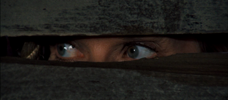
Dying Room Only
1973 -

Brain Dead
1990 -
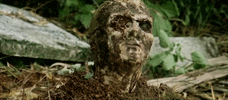
Zombi 2
1979 -
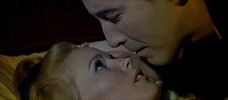
Dracula Has Risen from the Grave
1968 -

The Storyteller
1988-1989 -
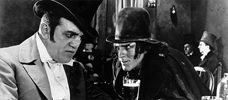
Dr. Jekyll and Mr. Hyde
1920 -
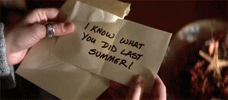
I Know What You Did Last Summer
1997 -
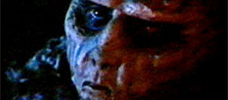
Don’t Be Afraid of the Dark
1973 -
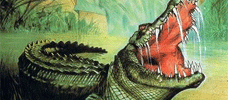
Dark Age
1987 -
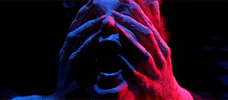
Inferno
1980 -
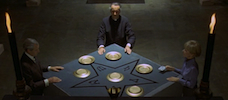
To the Devil a Daughter
UK / West Germany -
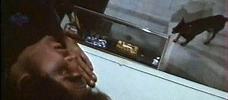
Trapped
1973 -
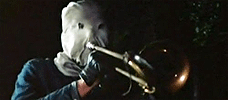
The Town that Dreaded Sundown
1976 -

Halloween H20: Twenty Years Later
1998 -

Killdozer
1973 -

Pin
1989 -
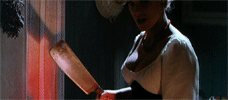
Frankenstein Created Woman
1967 -
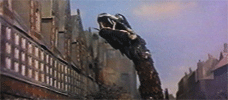
Reptilicus
1961 -
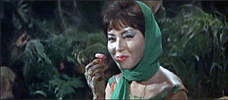
Matango
1963 -
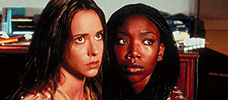
I Still Know What You Did Last Summer
1998 -
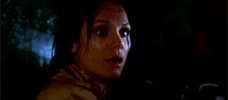
Night Terror
1977 -
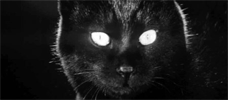
Kuroneko
1968 -

Demons
1985 -
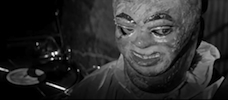
Paranoiac
1963 -

Let Me In
2010 -
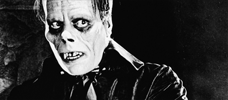
The Phantom of the Opera
1925
We don’t do comments anymore, but you may contact us here or find us on Twitter or Facebook.



